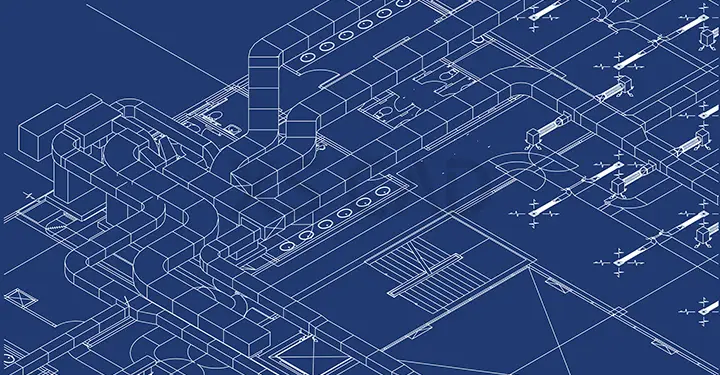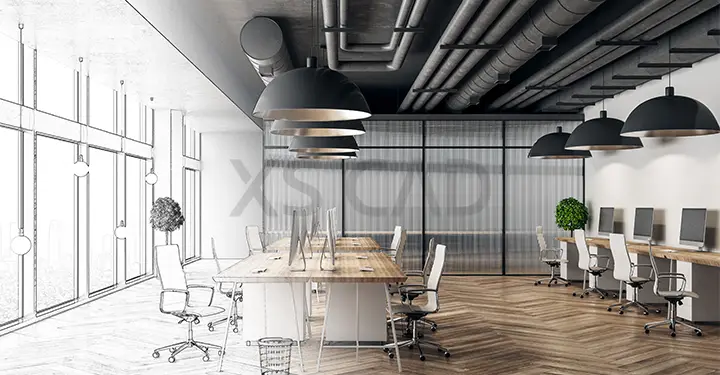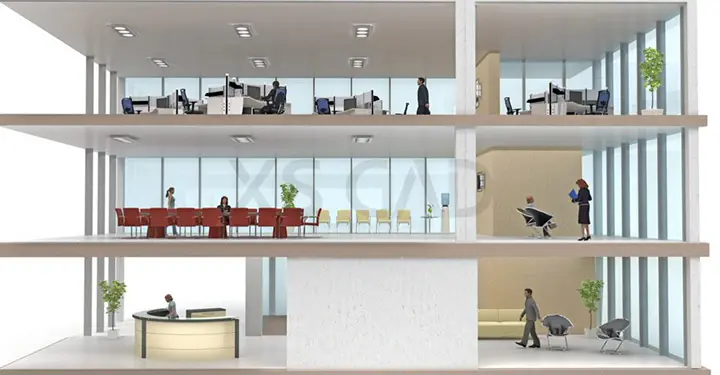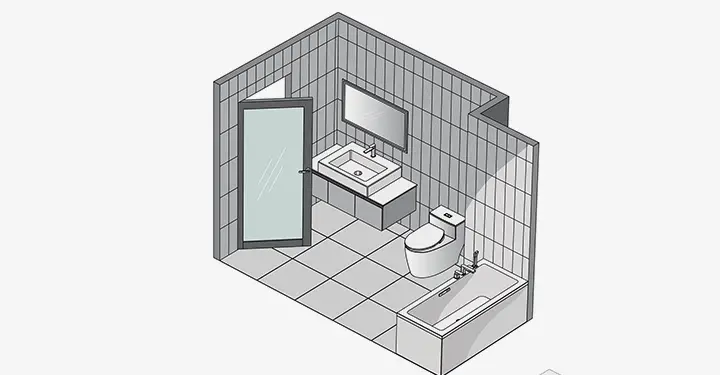Building Energy Models
Designing building spaces considering energy goals involves more than a technical understanding of tools and technology. The interconnecting physics of materials and parameters defines the need for supplemental building systems, including mechanical or passive heating, cooling, air circulation and lighting. A building energy model (BEM) is a tool or simulation used to analyse and assess building energy efficiency. Created using specialised software, energy modelling helps project stakeholders understand how a building consumes energy.
Our engineers size building systems and develop energy modelling, building energy simulation and sustainable energy solutions to meet functional and aesthetic demands. We see the vital need for a holistic, collaborative approach to design, as energy and operations costs rise and energy efficiency targets are codified. A multidisciplinary approach to building performance and energy performance should be an integral facet of project workflows.
Starting at project inception and using easily manipulated performance energy modelling throughout project design, our building energy models and energy-efficient solutions can influence major design decisions. Continuous and iterative modelling optimises energy efficiency, resulting in occupants’ comfort, health and welfare.
Our initial design models address fundamental design parameters, such as:
Our accurate building energy models, energy modelling and energy-efficient solutions include:
We leverage high-quality data with our numerous building energy consumption and energy simulation modelling and home energy modelling solutions. Our services are crucial for architects, designers and builders, and we ensure that every detail aligns with the highest standards of accuracy and quality.
Supporting building energy simulation and sustainable energy solutions comprehensively throughout all design stages, such as Concept Design, Design Development and Construction Documentation, global firms can outsource home energy modelling and energy simulation modelling solutions to us.
Spanning initial planning stages to final execution, our building energy modelling professionals provide exceptional building performance modelling solutions supported by valuable expertise, experience and creativity, using AutoCAD, Revit and Bluebeam for collaboration purposes.
Our zero energy building models, energy-efficient house models and home energy modelling represent a quality approach, particularly useful in large-scale or repetitive building projects where consistency and accuracy can lead to significant benefits.






